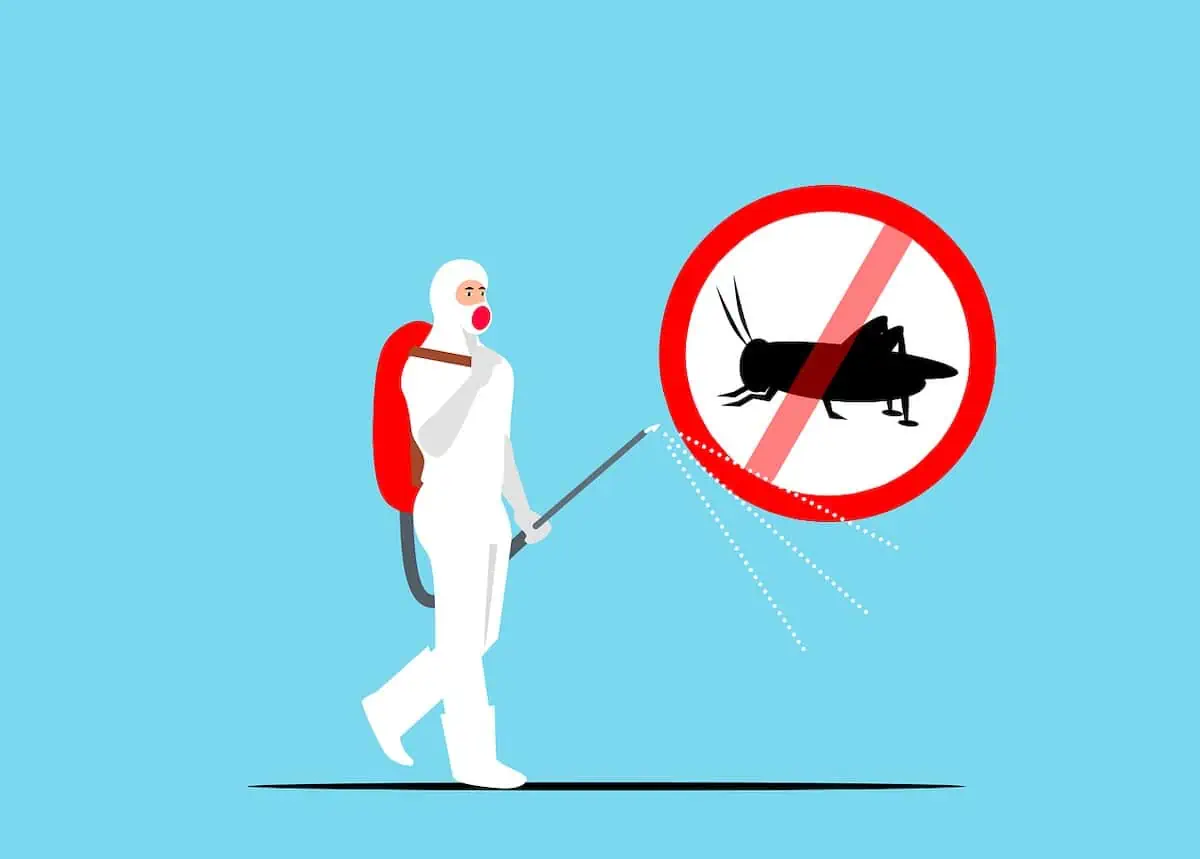The pest control industry plays a crucial role in maintaining public health and safeguarding property against a myriad of pests. From rodents to insects, its services are vital for both residential and commercial spaces.
However, in recent times, the industry has been grappling with significant supply chain challenges that have the potential to disrupt its operations and overall effectiveness.
The professionals at PestLine Pest Control explain the key supply chain challenges faced by the pest control industry and discuss potential strategies to respond and thrive in the face of these challenges.
Shortages of Pest Control Products
One of the primary supply chain challenges the pest control industry has encountered is the shortages of essential pest control products. The COVID-19 pandemic has greatly disrupted global supply chains, causing delays in the production and distribution of chemicals, traps, and other pest control tools.
As a result, pest control companies, such as mosquito control pembroke pines, have faced difficulties in securing the necessary products to effectively address pest infestations.
Responding Strategy
To navigate this challenge, pest control companies must adopt a multi-faceted approach. Firstly, they need to establish strong relationships with multiple suppliers and diversify their sources of products. This will help mitigate the risk of relying on a single supplier. Additionally, companies should invest in local production or stockpiling of essential products to ensure a steady supply during disruptions.
Regulatory Hurdles
Strict regulations and evolving environmental standards pose another challenge to the pest control industry’s supply chain. As governments and regulatory bodies prioritize eco-friendly practices, pest control companies must navigate complex approval processes for new products or formulations.
Responding Strategy
To address regulatory challenges, the pest control industry needs to proactively engage with regulatory agencies, participate in industry forums, and invest in research and development of environmentally friendly pest control solutions.
By collaborating with regulators and staying ahead of compliance requirements, companies can expedite the approval process and introduce innovative, sustainable products to the market.
Transportation Disruptions
Global transportation challenges, including container shortages and increased freight costs, have a direct impact on the pest control industry’s supply chain. The movement of raw materials and finished products can be hampered, leading to delays in delivery and increased costs. These disruptions hinder a company’s ability to provide timely pest control services.
Responding Strategy
To counter transportation disruptions, pest control companies should explore alternative shipping methods, such as air freight or regional distribution centers, to reduce reliance on traditional shipping routes.
Leveraging technology and data analytics can also help optimize logistics operations, allowing for better forecasting and real-time adjustments to mitigate transportation-related challenges.
Labor Shortages
The shortage of skilled labor poses yet another significant challenge to the pest control industry. Trained technicians are essential for effective pest management, but recruiting and retaining qualified personnel can be difficult. This shortage can lead to increased workloads for existing employees and a potential decline in service quality.
Responding Strategy
To overcome labor shortages, pest control companies must invest in comprehensive training programs to upskill their existing workforce and attract new talent. Leveraging technology, such as remote monitoring and data analytics, will enhance operational efficiency and enable technicians to manage a larger portfolio of clients.
Conclusion
The pest control industry is confronting several significant supply chain challenges that require strategic responses to ensure continued success. By diversifying suppliers, embracing eco-friendly practices, optimizing logistics, and investing in workforce development, pest control companies can navigate these challenges and maintain their crucial role in safeguarding public health and property.
Article and permission to publish here provided by Patrick Otto. Originally written for Supply Chain Game Changer and published on August 16, 2023.
Cover image by Mohamed Hassan from Pixabay

